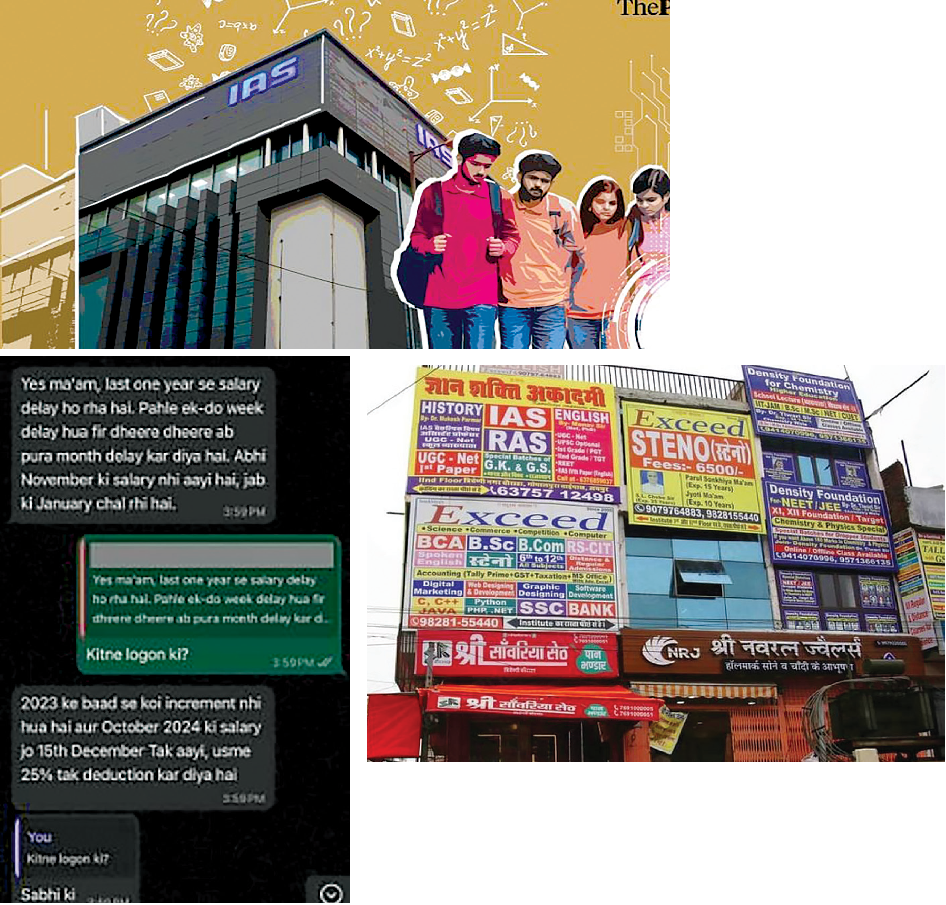
A marriage of structure and sentiments
Mehak Mudassir
The magnificent gothic-style St Philomena’s Church in Mysuru is an imposing sight. The fine portals within the arched entrance and the thin sky-touching twin spires make it an architectural winder. No wonder this is a centre of tourist attraction and something that makes locals proud.
Robin, a local guide from Mysuru, says: “I have worked as a guide for 40 years. I was just 15 when I started interacting with tourists. This church is like a home to me. I earn my bread from here. Tourists from all over the world and school excursions come to see the beauty of this church.”
Located in the northern part of the city, St Philomena’s Church is considered to be the second-largest church in Asia. This Roman Catholic Church was built to honour the memory of Saint Philomena, a Latin Catholic Saint and martyr of the Roman Catholic Church.
A sense of community
While its structural craft is undoubtedly outstanding, to the people of Mysuru the church also presents a sentimental bonding of community and harmony. Arfa, who lives close by the church, says, “Christmas at St Philomena isn’t only for the Christians, the celebrations are open to all and my cousins and I have been a part of the season’s cheer since I was a child.”
For Joel D’Souza St Philomenas has always been the one constant in his life though he’s not a native of Mysuru. “But I’ve become a naturalised local thanks to the church. Even when I was new to the city, the church stood like a safe space where I could go anytime just to feel at home. The sense of community this church has given me, from Christmas to weddings, has had me coming back since the last 30 years,” says he.
“I have visited many churches in my life but I have not seen such a tall beautiful structure. Whenever I visit my grandmother’s place once a month, I go to attend the mass prayer and sit peacefully for some time way”, says Anto.
History of the church Long before the foundation for St. Philomena’s Church was laid in 1933, another church was built in the same location in 1843 by the then King of Mysore Mummadi Krishnaraja Wodeyar. An inscription found at the site in 1933 states this fact.
This old church was built to fulfil the requirement of the European population who resided in Mysuru at that time. In 1926, the Diwan and Chief Justice of the Mysore kingdom, TRV Thamboo Chetty obtained a relic of Saint Philomena from Peter Pisani, an Apostolic Delegate of the East Indies. When the relic was handed over to Father Cochet, he requested the then King of Mysore, Sri Krishnarajendra Wadeyar Bahadur IV, to build a church in honour of St. Philomena.
The foundation for the new church was laid by the king himself at the exact site of the old church. The construction of the church took eight long years to complete and the church was opened to the public in 1941. The relic of St. Philomena is preserved to date in the catacomb located beneath the main altar of the church.
The architecture
St. Philomena’s Church was designed by a French architect called Daly. One can clearly see the influence of popular European trends in the Neo-Gothic or Victorian Gothic style of architecture that was prevalent in the West.
The architecture of St. Philomena’s Church is a majestic work of art. The floor plan of the church is laid out in the shape of a cross with the congregation hall of the nave built to resemble the long end of the cross. The transepts stand as the two arms of the cross. The portion containing the choir resembles the crossing or intersection.
Priti catches the spirit of the church with her observations: “When I first put the church on my list as a tourist to Mysuru, I didn’t think much of it besides its Gothic towers and frame that reminded me of the movie Dracula. But when I actually got there, it was the smiling faces of vendors and visitors that got me to love the place. There is so much infectious joy and cheer in and around the church that has definitely left a mark on my memories.”
 English daily published in Bengaluru & Doha
English daily published in Bengaluru & Doha






